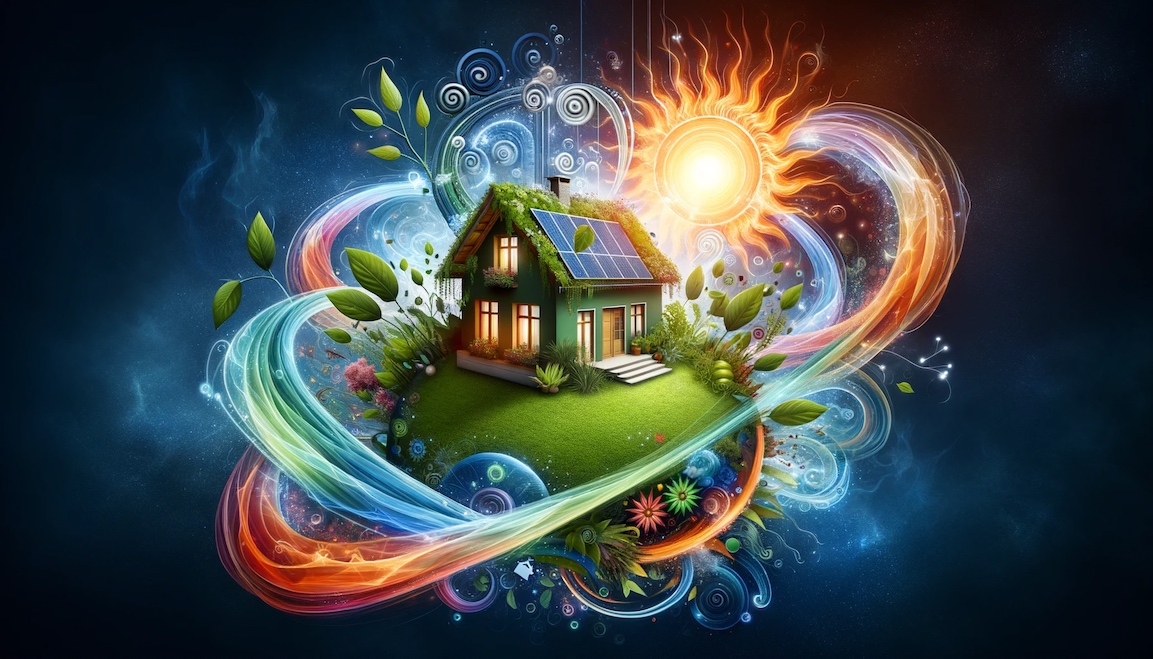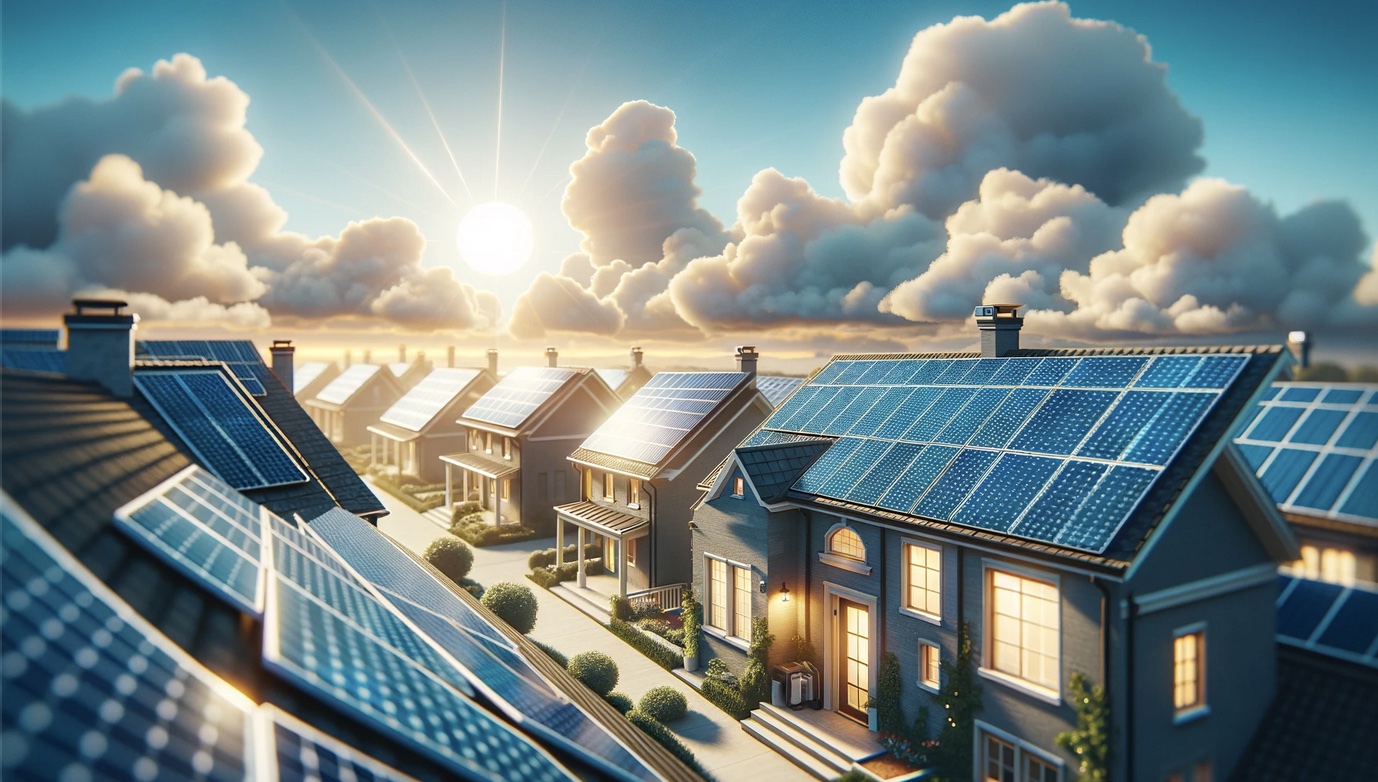Solar Panel Essentials: From Sunlight to Power Production
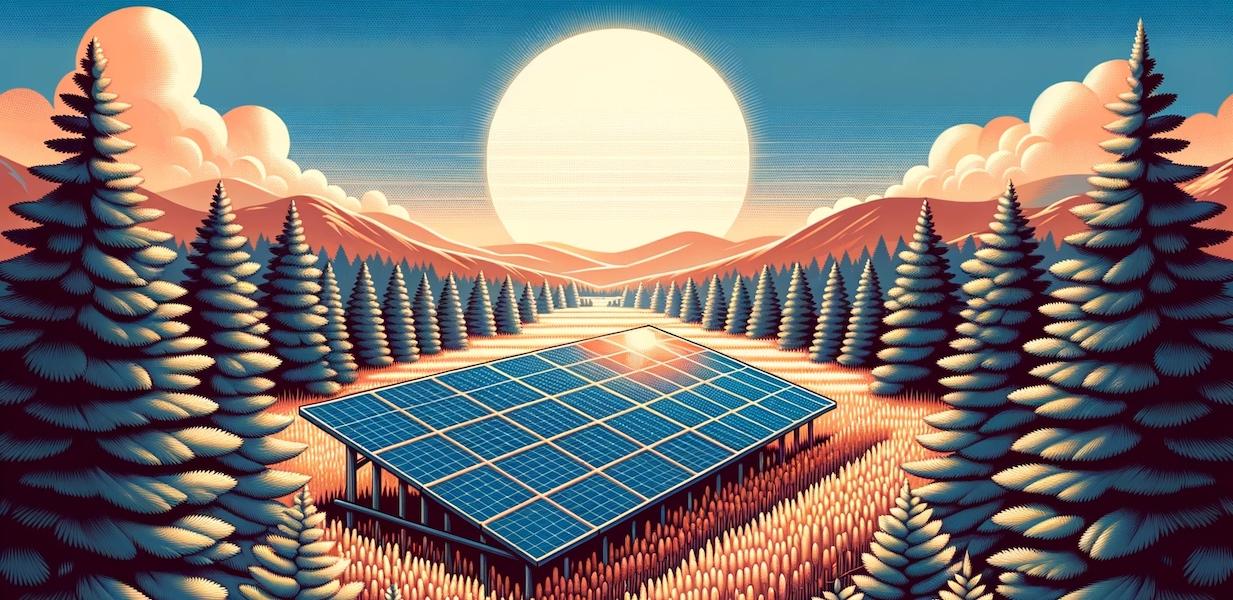
Solar panels produce electricity by converting sunlight into direct current (DC). How do they work, what components are involved, and what are the considerations when connecting and placing them? In this article, we’ll delve into these questions. We’ll discuss the workings of solar panels, their high-level components, and some practical aspects of working with them.
In This Article:
How do Solar Panels Work?
Solar panels host an array of solar cells, which produce the electricity that solar panels are known for.
The job of the solar panel is to keep the cells exposed to the sunlight and protect them from the elements.
Solar panels vary in size mainly as a function of how many solar cells they contain.
How do Solar Cells Produce Electricity
Solar cells are composed of two semiconductor layers, usually made of silicon. These layers absorb sunlight, which in turn energises the electrons within the silicon. The interaction between the two layers creates an electric field that helps to generate direct current electricity, referred to as DC.
Solar panels are advertised by their maximum power potential.
However, solar panels do not produce power; they generate current and voltage.
A panel’s power is the product of the voltage and current flowing through a resistance.
This is defined as P=U*I, where P signifies electric power
, U is the voltage, and I is the current.
In summary, the power output of a solar panel depends on the number of solar cells in it and their efficiency.
How Efficient Are The Solar Cells in a Typical Solar Panel?
Solar cells in typical home solar panels utilise only around 20% of the sunlight energy. In the near future, we will see a noticeable improvement in efficiency. Competing researchers are already developing 30% and higher effective solar cells for mass production. Solar panels are rated for peak power production based on the number of solar cells and the cells’ efficiency. The power production varies, though.
What are the High-Level Components?
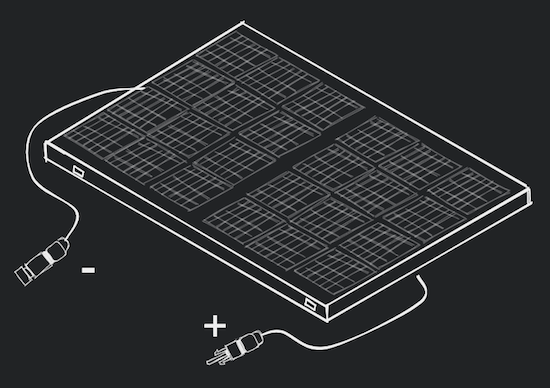
- Electric connectors - negative and positive poles
- MC4 male connector on the positive pole
- MC4 female connector on the negative pole
- Metal frame
- Panels come with pre-drilled holes for easy mounting. In addition, some panels have hooks that can be used for managing cables.
- Solar cells on a flat surface shielded by a transparent screen - this is the most prominent element of the panel.
What is the Size of Solar Panels?
Solar panels are surprisingly large. When looking at installed solar panels, our vantage point can mislead our judgment on their size. The more common dimensions are about roughly 1.6m to 2.2m (approximately 5’ 3" to 7’ 3") by 1m to 1.3m (approximately 3’ 3" to 3’ 11"). To put this in perspective, some panels are taller than many people.
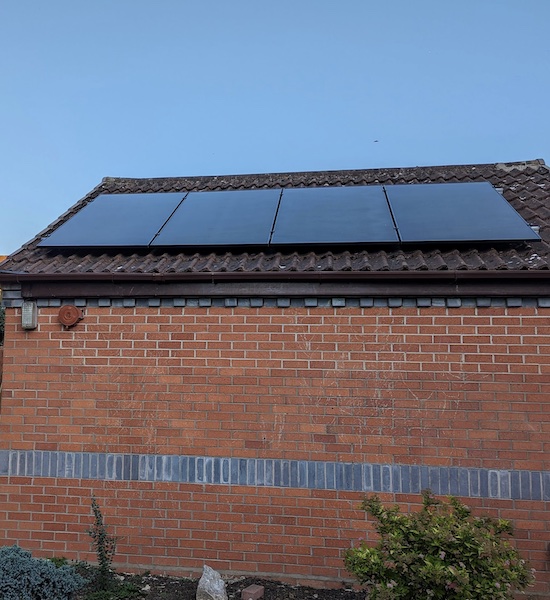
How Heavy are the Typical Solar Panels?
You can expect a single panel to weigh around 15-22kg. Although this isn’t a considerable weight, the large size and sleek design make solar panels awkward to handle. On top of that, they are fragile and risky to work with in windy conditions.
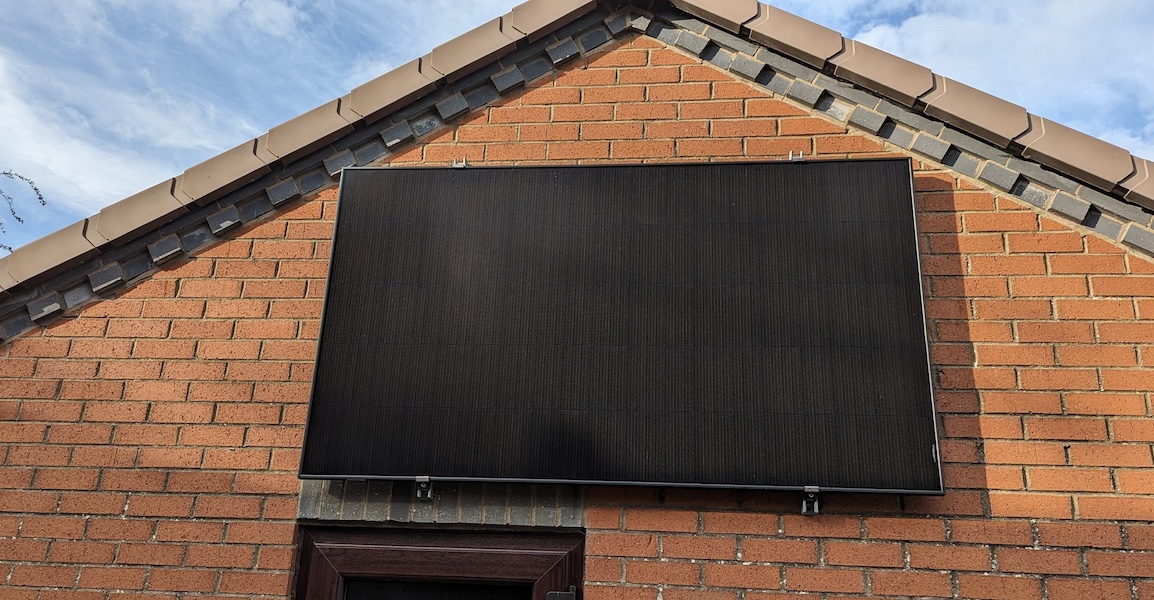
Can I Walk on Solar Panels While Installing Them?
No, do not walk on solar panels. I have seen people do that in videos online, and the panels seem to remain intact. However, most professional installers advise against it. Panels are sturdy, but walking on or hitting them with hard objects may cause cracks in the protective layer. As a result, water may get through and damage the solar cells.
When do Solar Panels Work?
Solar panels require sunlight to produce electricity. The more intensive sunlight they get, the more energy their solar cells can absorb. The position of your solar is critical for how much of the sun’s energy they can harvest.
Conditions Affect Solar Panels Negatively
Cloudy or rainy weather, and other conditions, some of which in our control, can affect solar panels negatively. These are:
- The angle of sunlight.
- Shading.
- High temperature of the panels - above 25°C.
Do Solar Panels Work in Cloudy Weather?
Yes, solar panels generate electricity in cloudy and rainy weather, too. Naturally, in such weather, the efficiency of solar panels is limited, but they can still generate some electricity. Snow and ice are the only weather conditions that can completely prevent your panels from generating electricity. They can build up an impenetrable cover over the solar panels, causing a complete stop to electricity production.
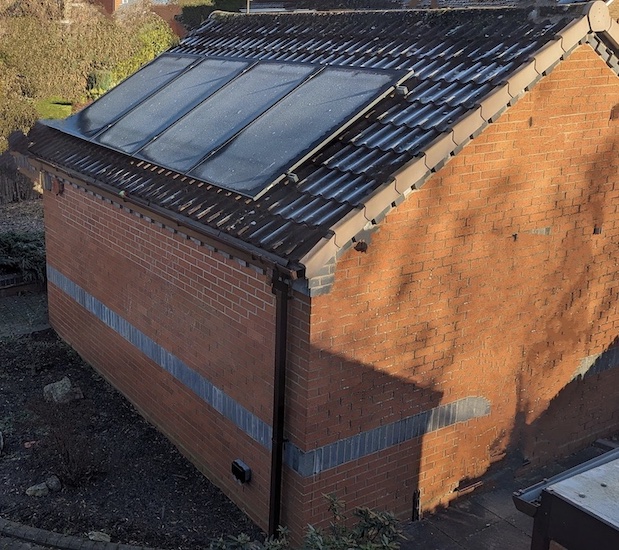
Counteracting the Effects of Cloudy Weather
You can install additional panels to counteract the reduced efficiency in cloudy weather. For example, if your inverter is 3.6kW, you can have 6kW solar panels. This way, you will lose out on optimal condition days but will have some reliable generation on cloudy days, too. Solar Power Optimisers can also help reduce the effects of intermittent clouds.
Heat Affects Solar Panels Negatively
Another condition that influences the current and voltage in solar panels is their temperature. The general rule of thumb is the warmer they get, the worse output you can expect. Both sunlight and temperature effects on solar panels are provided by manufacturers in their solar panels’ data sheets. These diagrams, called I-V curves, depict current on the y-axis and voltage on the x-axis. The coloured projections trace the values based on the different solar irradiance (sunlight intensity) in the left graph and the temperature in the right graph.
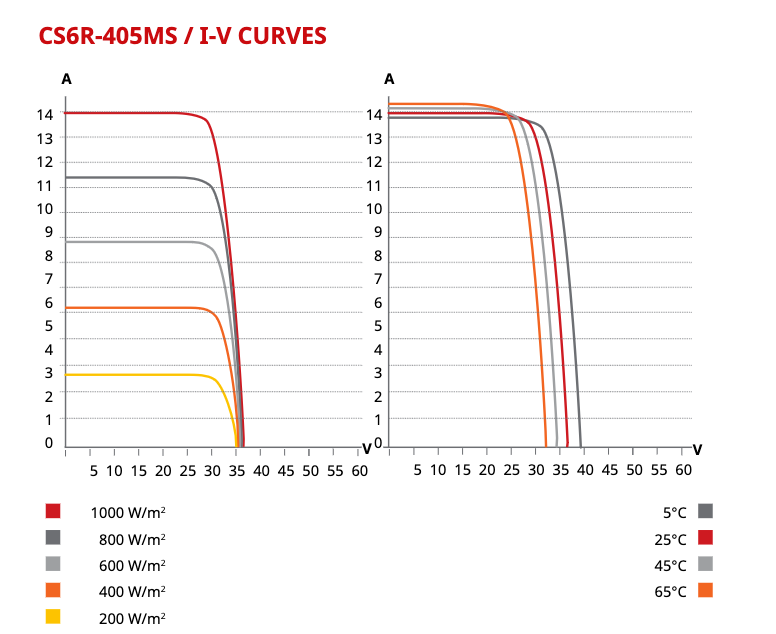
As you can see, even the lowest depicted solar irradiance, measured in W/m2, results in close to a maximum voltage. However, the current is significantly lower than the maximum, thus pushing down the power potential considerably. On the other hand, temperature effects are primarily noticeable after a certain point. As a result, on hot summer days with-near perfect sunlight conditions, the high temperature will hinter your electricity production.
How to Counteract the Heat Effect?
The home solar energy industry does not promote products for active cooling. The typical approach relies on the natural airflow under the panels to remove heat. Heat management is one of the more significant reasons solar panels are installed on rails floating above the roof. At the same time, this is why integrating solar panels in trays inside the roof is proven to be a tradeoff between efficiency and aesthetics.
Placing Solar Panels
The position of solar panels is a primary factor in their efficiency.
The more direct their angle with the sunlight and the longer they remain sunlit, the more electricity they will generate.
Hence, the best direction for solar panels in the northern hemisphere is south-facing.
Conversely, north-facing for the southern hemisphere.
The
tilt angle
plays a big part, too.
Please note the optimal tilt angle varies based on the latitude.
Solar Panels are Connected in Strings
We usually connect solar panels in strings. A string is a group of connected panels. There are valuable benefits to wiring solar panels in strings, such as:
- increased voltage or current, based on the connection type
- efficiencies in wiring
- ease of management
- optimal power production by the inverter
Place Your Solar Strings Strategically
Optimise the placement of your strings for direction, angle and uniform sunlight conditions. Avoid partial or intermittent shading from tall trees, chimneys or nearby buildings. Also, do not place parts of your string in places with limited sunlight. Such a split will drag down your entire string’s performance when one part is under shade.
How Are Solar Panels Connected to Your House?
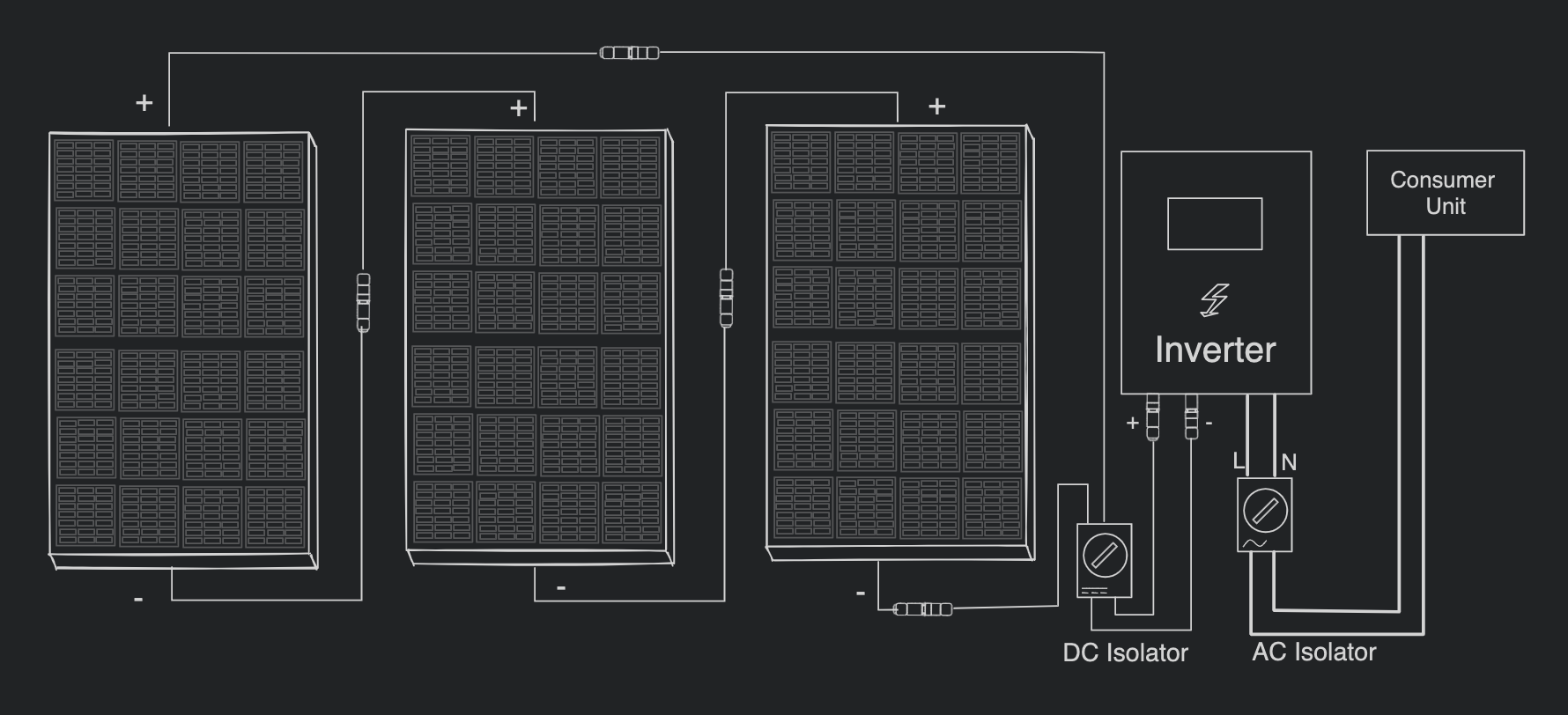
Solar panels produce DC electricity, but our homes use AC electricity. Hence, we cannot connect solar panels directly to our homes.
To make solar panels work with our home wiring, we use a device called a solar inverter. The solar inverter converts the DC from the solar panels to AC for your home. The solar inverter is connected to your house via a dedicated circuit on your consumer unit. Additionally, you should install DC isolators between the solar panels and the inverter for safety and maintainability.
Conclusion
Our pragmatic guide provided a clear understanding of solar panel technology. Key takeaways include the functionality of solar cells and details about the expected efficiency of around 20%. We highlighted the importance of components like connectors and frames and how environmental factors like shade and temperature impact efficiency. The article also emphasised methods to enhance solar panel performance in various weather conditions and the crucial role of inverters in home energy integration. This concise overview is an accessible guide to solar technology, inviting further exploration and offering links to in-depth articles on related topics.
Did you like this article? Would you like to share your feedback? Head over to Solar Energy Concepts, where you can talk about this article and share your thoughts.
Back to TopSee Also
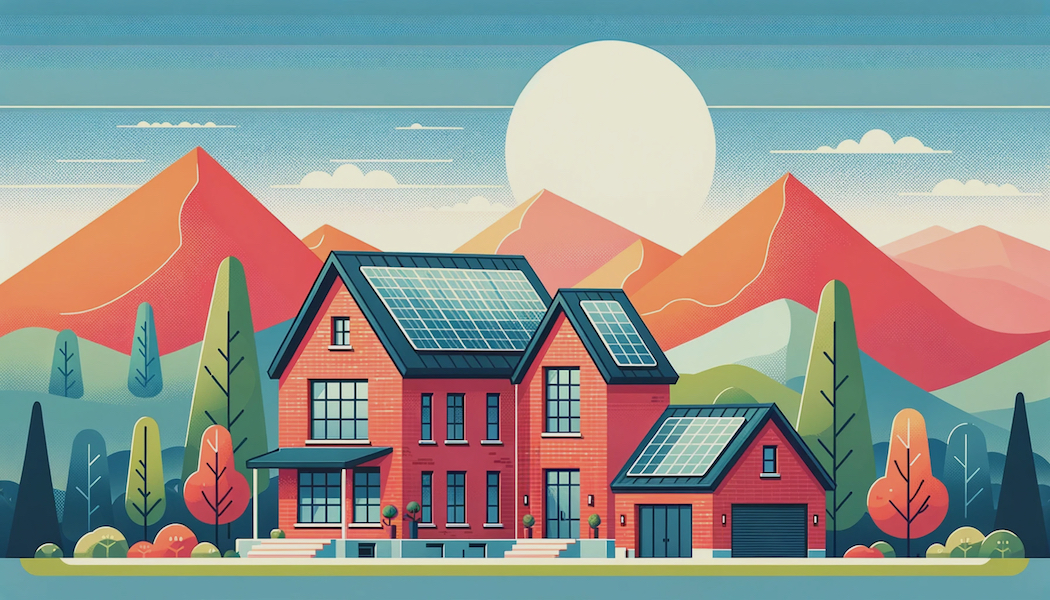 Solar String Expansion. Panels Connection Parallel vs Series
Solar String Expansion. Panels Connection Parallel vs Series
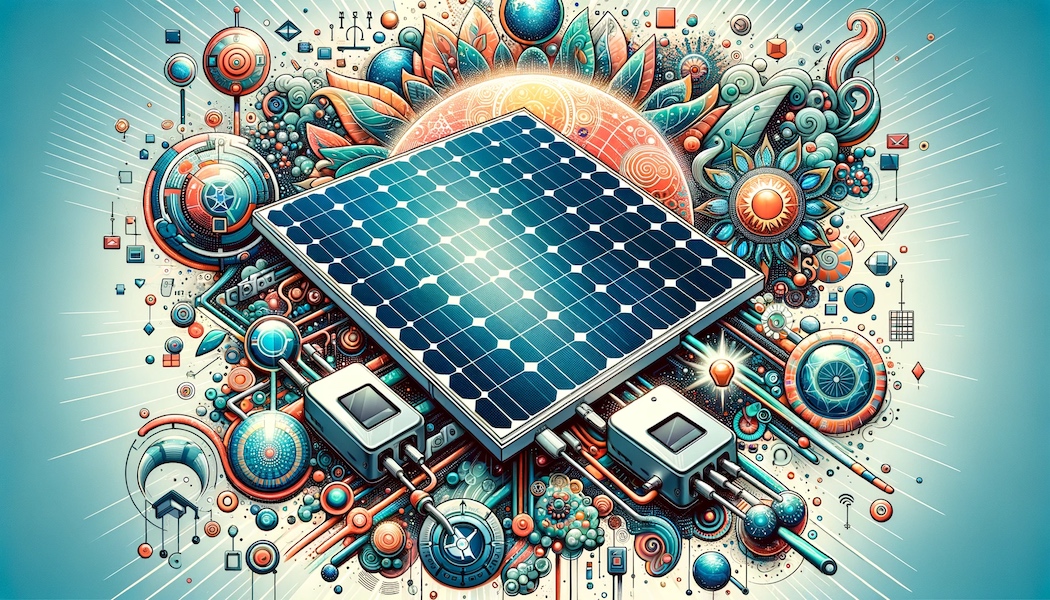 Maximise Solar Power Harvest from Shaded Panels or Mixed Angles
Maximise Solar Power Harvest from Shaded Panels or Mixed Angles
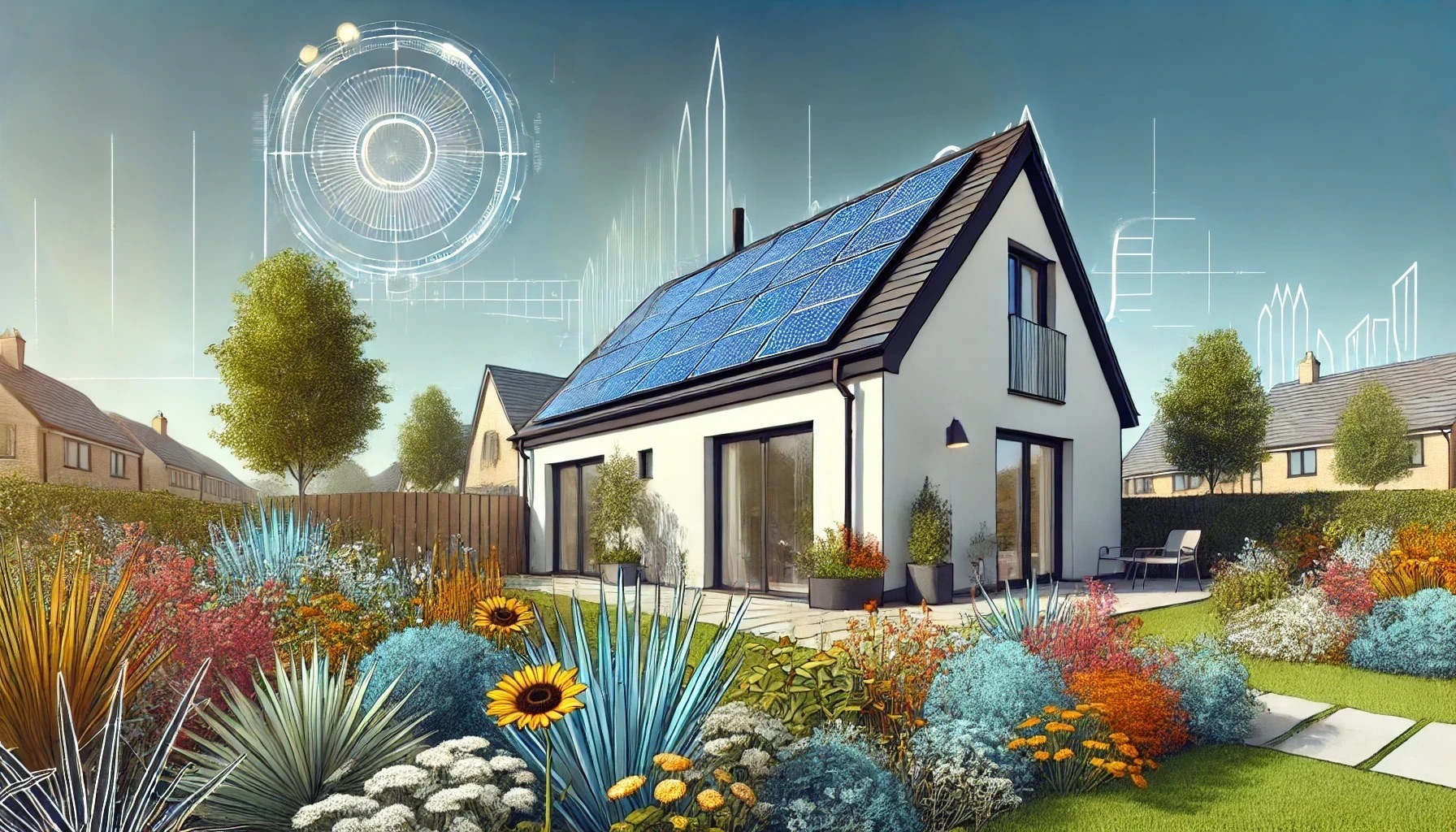 Best Angle For Solar Panels and Optimal Roof Direction
Best Angle For Solar Panels and Optimal Roof Direction
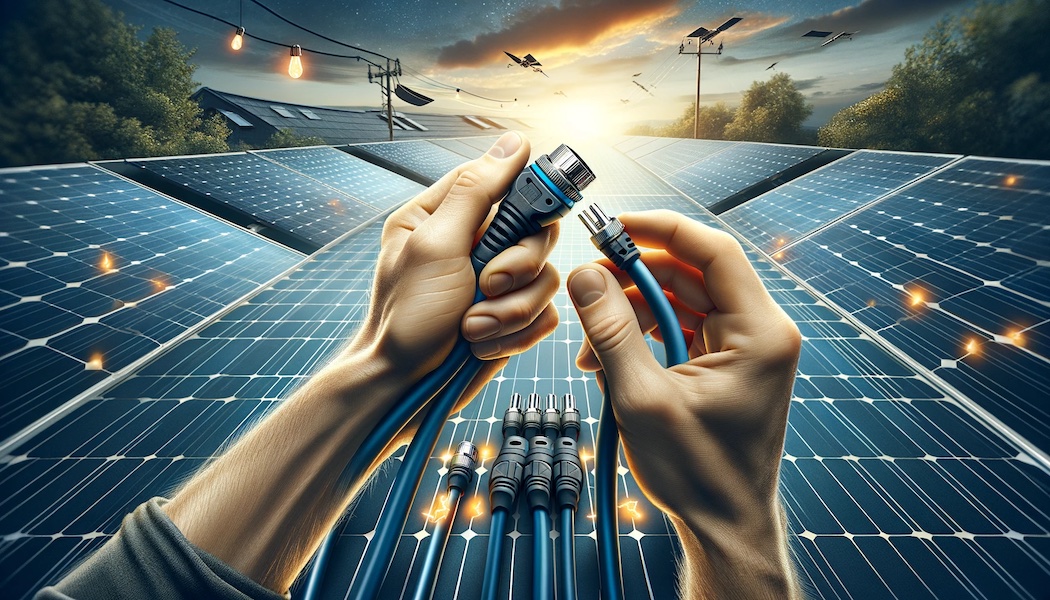 MC4 Connectors Useful Facts for Connecting Solar Panels
MC4 Connectors Useful Facts for Connecting Solar Panels
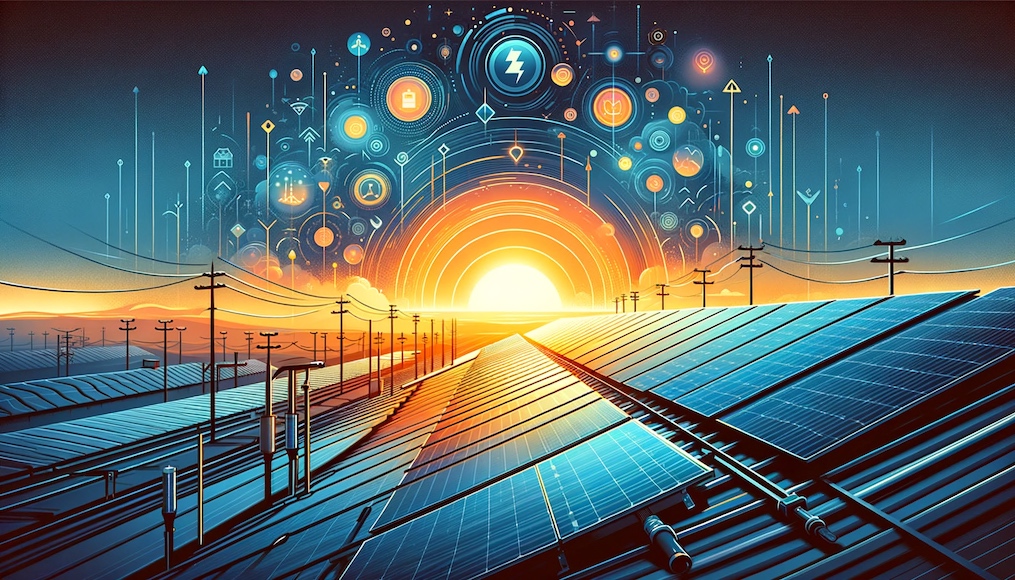 Rooftop Solar Panels Install Guide: Equipment, Tools & Tips
Rooftop Solar Panels Install Guide: Equipment, Tools & Tips
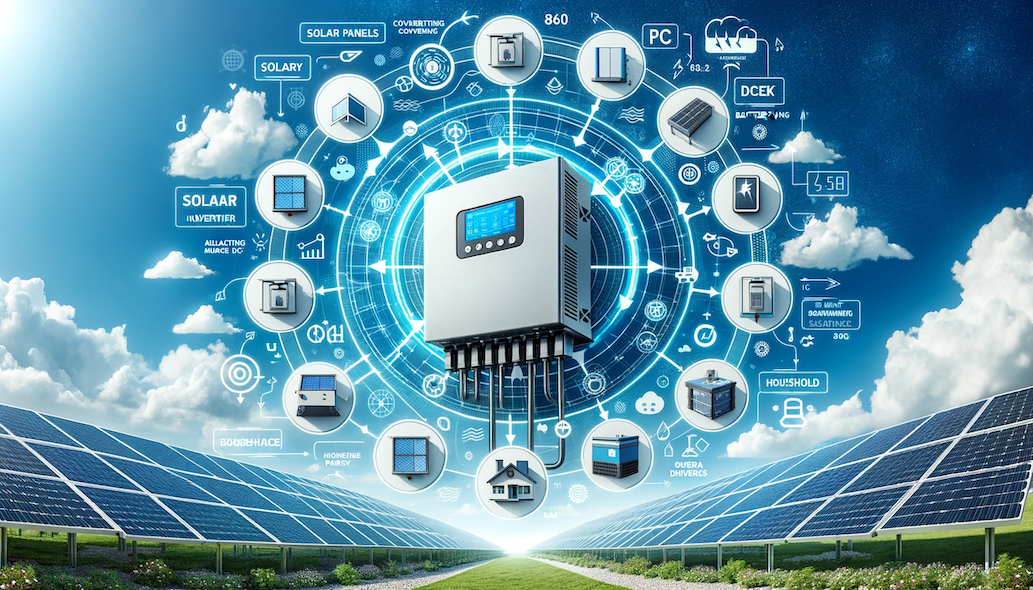 The Critical Role of Solar Inverters in Energy Conversion
The Critical Role of Solar Inverters in Energy Conversion
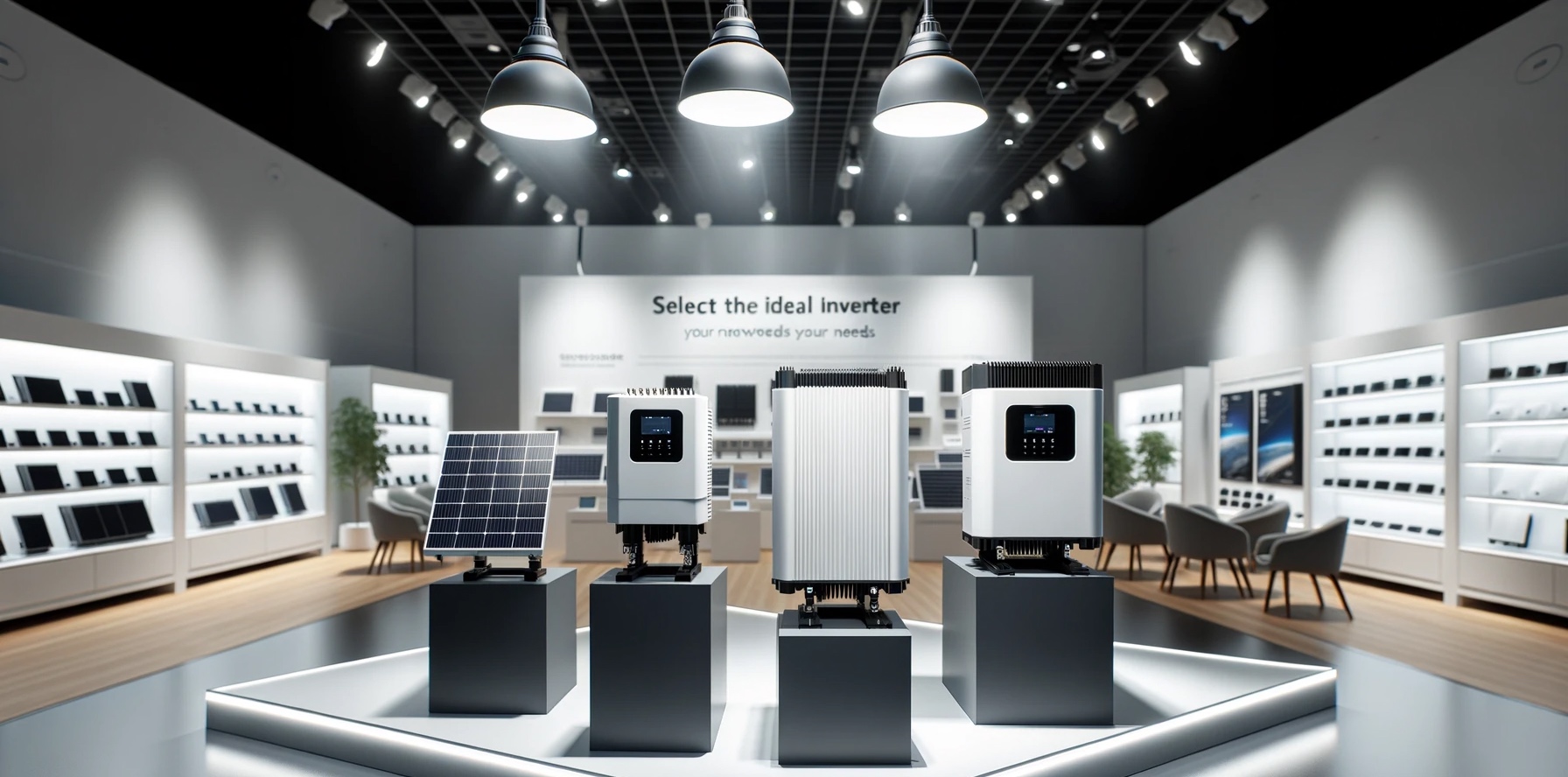 Solar Panels Inverter: Hybrid vs. String vs. Microinverters
Solar Panels Inverter: Hybrid vs. String vs. Microinverters
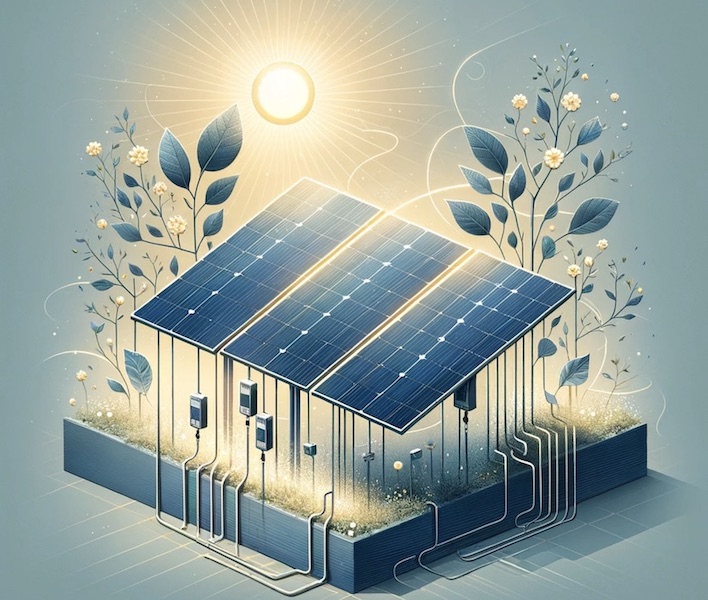 Maximising Solar Power Harvest With Overpaneling
Maximising Solar Power Harvest With Overpaneling
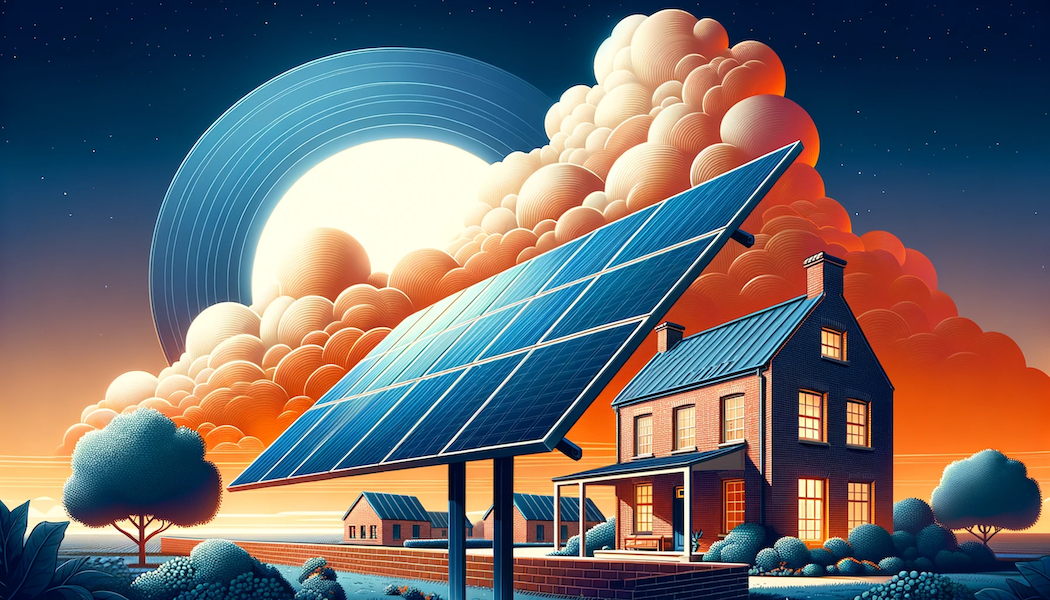 The Joy of Independence and Security From Energy Price Hikes
The Joy of Independence and Security From Energy Price Hikes
